It's called Plimob and is one of the companies whose evolution I follow because I have always liked the way it has developed. It has been constant in growing and it has done so by continually investing in technology and staff training, while being careful about managing costs. It has built a strong partnership with IKEA, based on reliability and trust, that has lasted for decades. The partnership is so close that common platforms are in place to keep track of stock in stores and warehouses around the world. Plimob has the ability to fulfill orders within three days of launch, a performance that underpins the trust it enjoys from the Swedish company.
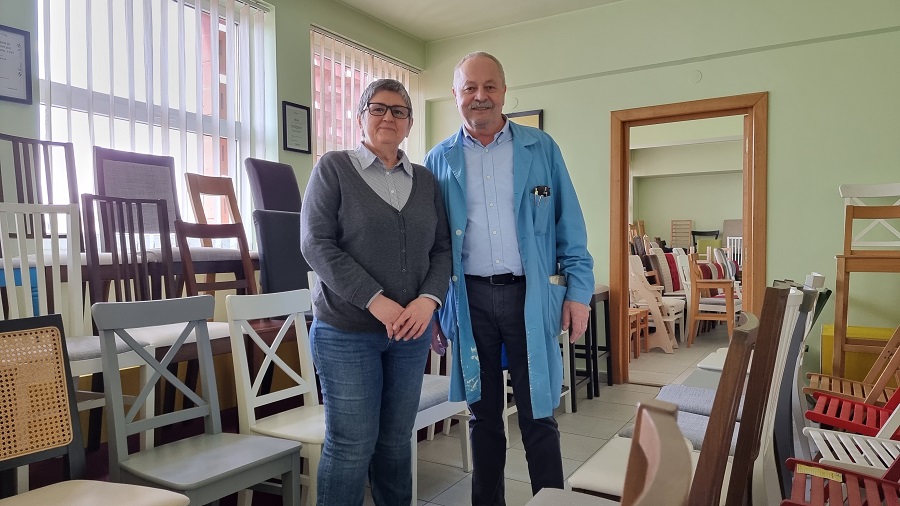
As you probably learned from material already publishedI was recently in Sighetu Marmației and took the opportunity to go to Plimob. The reunion with Technical Director Gheorghe Bledea was not only a good moment to reminisce but also the perfect opportunity to talk, officially, about Plimob. The video is available in this link. Some information you won't find in that material, as well as stories about my old relationship with the factory.
Almost 140 years of tradition
The tradition of chair making is very old in Sighet. A furniture workshop was set up in 1886 on the site where until recently a section of the chair factory (now in conservation) had been operating. Thonet method. The workshop operated until 1890 when it was registered in the Commercial Register as "First factory in Maramureș for bent furniture and wooden goods". At that time, 25 chairs/day were manufactured.
Demand increased so that daily output doubled until 1901 when the factory was taken over by "Altman and Hubert". The new owners created the conditions for the factory to develop, increase production and diversify the product assortment. In 1919 it was sold again and by 1945 it had changed hands twice more. Thonet curved chairs made before 1945 can now be found in the Plimob collection.
In 1948 the factory was nationalized and in 1962 it entered the process of modernization and transformation of furniture factories, which started at the national level, following which the large CPL - Combined Wood Processing Plants - were established. Initially it was called Complex for the industrialisation of wood (CIL)In 1965 the chairs department was established, which at that time had a production of 600.000 chairs/year.
I first went to the industrial platform at Sighet in 1989. The plant was huge, with sections that made body furniture, folding chairs, chipboard, veneer, molded elements. At that time I was a young researcher at ICPIL (Wood Industry Research and Design Institute). We all had the task of going twice a year to the large plants that had chipboard factories to take samples for analysis emission of formaldehyde. Although it was huge, I wasn't very impressed because it wasn't the only one of its size in the country. They were built from designs made at the institute, about 3-4 models depending on the surface geometry, so it all looked very familiar. They were so similar that sometimes you forgot what combo you were in. But you certainly didn't get lost inside.
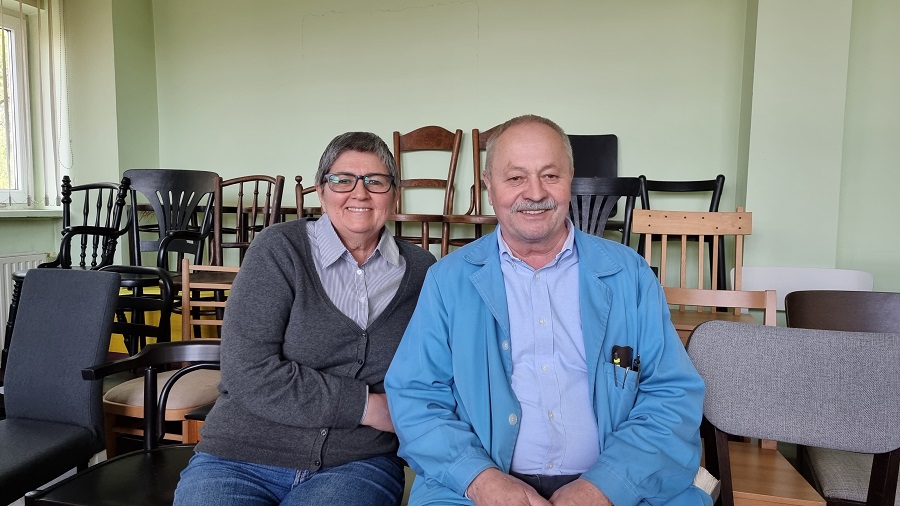
The creation of Plimob in 1990 was the beginning of a period of hard work and success
In 1990 I went for the last time to CPL Sighetu Marmației to take samples of PAL. It was just after the revolution and the plant was going through all kinds of transformations that would lead to its split. It was a tumultuous period and I arrived in Sighet just when there was a big scandal with the mayor of Săpânța who, together with some of the villagers, had blocked the national highway with some demands that I can't remember. There were some disagreements there and the chemist at the plant suggested we go and see for ourselves what was going on. It was around the time You lied to the people with your TV and wanted to make sure we got the truth straight from the source 🙂 We went, talked to various people, but also had our first ever drop of peach schnapps. There was no way, it was impossible to refuse. It was the first and last time in my life that my tongue was so numb that I couldn't speak, although I was perfectly lucid and present. I still remember everything that happened then and everything we discussed. 🙂
At the end of the 1990's, the combine split into four factories - chairs (Plimob), furniture and woodworking (Sigmob), veneer, plywood, molded elements, chipboard (Sigstrat) and the one that combined the power plant, the mechanical workshop and all utilities (ENMEC). They chose the name Plimob because of the folding chairs (PLI) they produced and furniture (MOB), intending to manufacture furniture in the future. In 1995 the factory was privatized by the MEBO method whereby the employees bought the shares from the state. It is one of the few successful models, another being HORA, musical instrument factory in Reghin.
The next important step was the contract with IKEA. The Swedish company had been working with Romanian companies since before 1989 and also with CPL Sighet. The success of the contract was due to the general manager Vasile Godja, who was highly appreciated by Ingvar Kamprad, the owner of IKEA, and they became friends. Thanks to Kamprad they didn't start making furniture. He told them that if they do one thing well, they should continue to do it and perfect it, not get lost on new paths. They listened to him and realized it was the right decision. Kamprad was also the one who initially championed the factory's retooling, appreciating the frugality with which it was being run, the care with expenses. The IKEA owner's modest and frugal style is well known, and such a model could not go unnoticed.
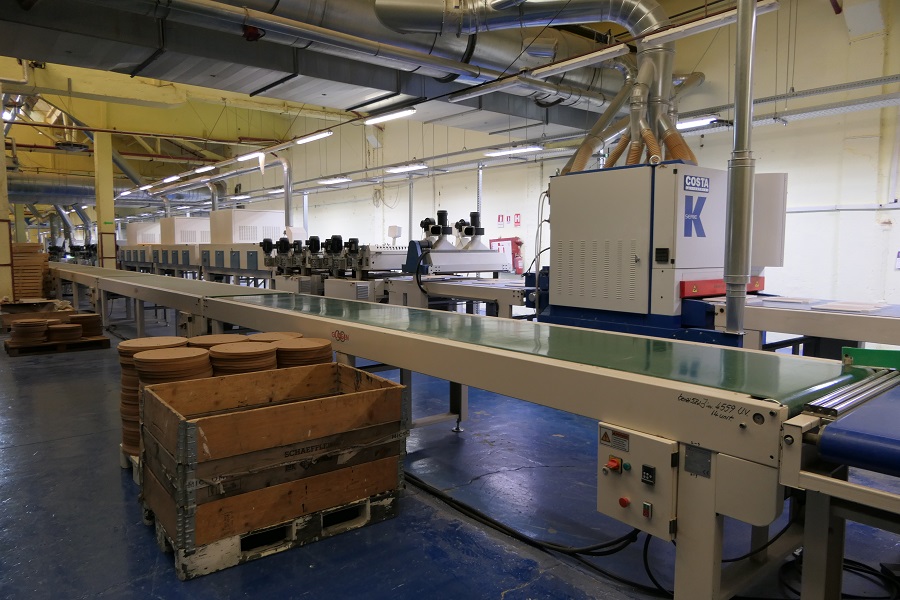
Success based on reliability, investment in technology and manufacturing lines and quality people
My relationship with Plimob started in 2012-2013 when we were representing a major manufacturer of wood varnishes and paints. We really wanted to work with one of the biggest and most serious factories in Romania. All the suppliers knew that it was very hard to get into Plimob, that the price negotiations were very tough, but you wanted such a client because they always paid their invoices on time. So I did a lot of visits and tests, met the technical and general manager, talked to them and liked the way they approached every problem.
After the early period when IKEA supported investments in technology, Plimob continued to develop by reinvesting profits and applying for European funds. It was still very cost-conscious, giving smaller machinery suppliers the opportunity to enter the factory (Wood IQowner of the brand RUBIQ CNC), he supported young enthusiasts in the factory, with the help of whom he adapted and transformed machines and production lines.
It should be emphasized that the millions of chairs that are manufactured at Plimob are demountable, as are most IKEA products. The parts have to fit together perfectly so no matter where you get them from, you need to be able to make a chair that will sit perfectly on the floor without moving. This is what happens every day at Plimob as a quality control (CTC). At some point, a CTC-ist comes in and assembles a chair with random elements from the factory. The assembled chair is put on a table and has to sit perfectly.
Chair connoisseurs know that, in the case of the chairs that are sold assembled, if they don't sit well on the floor when you put your feet on them, you can cut them so that you get the result you want. With Plimob's removable chairs, this is not possible. The parts have to be perfect so that wherever in the world the chair is assembled, it will sit perfectly on the floor. It's all made possible by computer-controlled machinery, automated production lines, and the skill, reliability and commitment of the people in the factory.

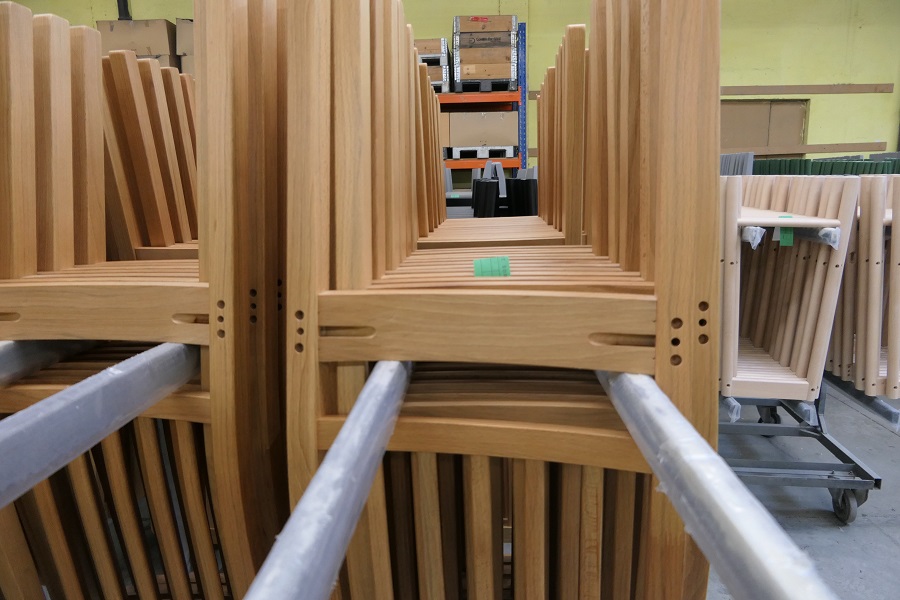
When problems arise, people don't complain but look for solutions
This is something I have noticed at Plimob over the years and I give just two examples. Lack of manpower is a general problem, all manufacturers recognize it. When they couldn't find the staff to apply varnishes and paints to the seats, when the existing sprayers in the factory informed their bosses that they were no longer coming the next day because they were going abroad, they realized they had a problem. As investments are constantly being made, the solution was to invest in robotization and automation. Now there is no spraying station in Plimob, everything is done by robotic arms or automated systems.
The second example is energy costs. In December 2022 the 1 MW photovoltaic power plant was completed. At the Sarasău site near Sighet, 2400 solar panels covering an area of 15000 m² were installed on the roofs of three buildings. As a result of this investment, 1230 MWh per year will be produced, representing about 15% of the energy needed in production in a year.
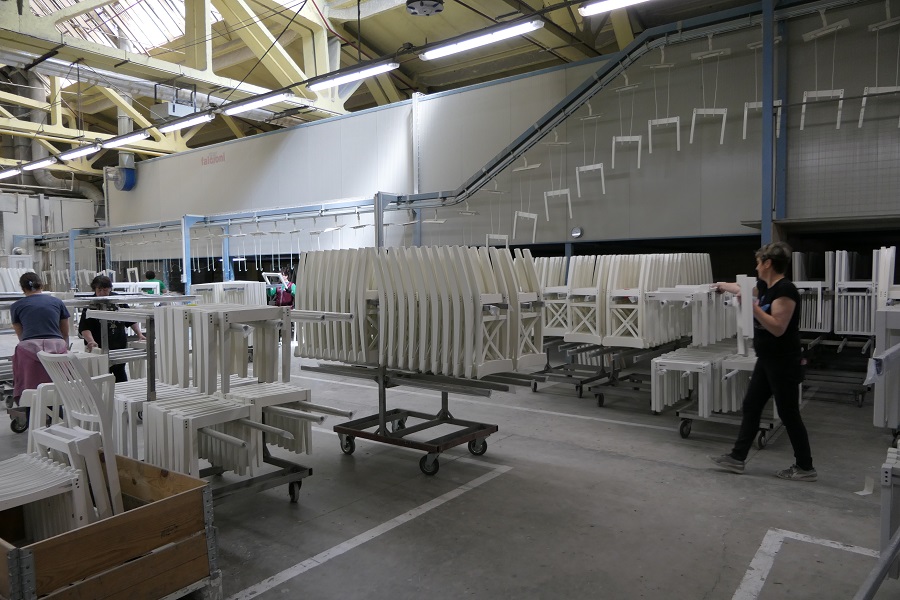
What Plimob means now
Now Plimob means 5 production sections in the country - three in Sighet and two in Sarasău - a factory in Ukraine, almost 1200 employees, hectares of forest that are sustainably exploited to have a continuous source of wood, a semi-finished wood factory where the wood from its own forest is processed. And millions of chairs sold annually all over the world.
And Plimob means something else. It's the place where all future IKEA chairs are conceived, prototyped and tested, wherever they will be produced. It's a center of excellence where a group of Romanian engineers and technicians think the products down to the smallest detail and do whatever it takes to make sure they go into production smoothly. That's something to be a bit proud of, isn't it?
























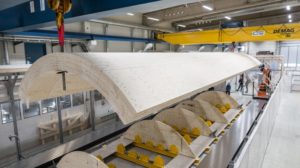

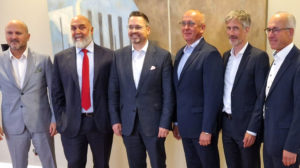
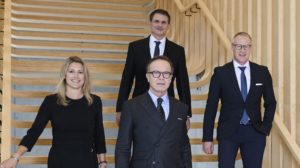
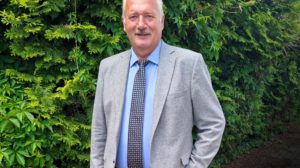
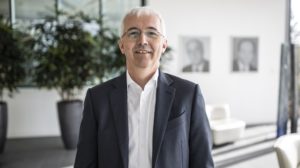
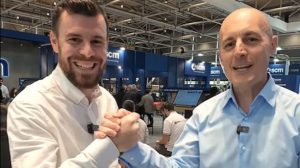
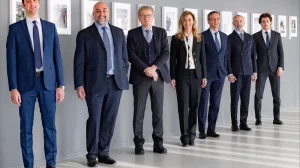



Add comment